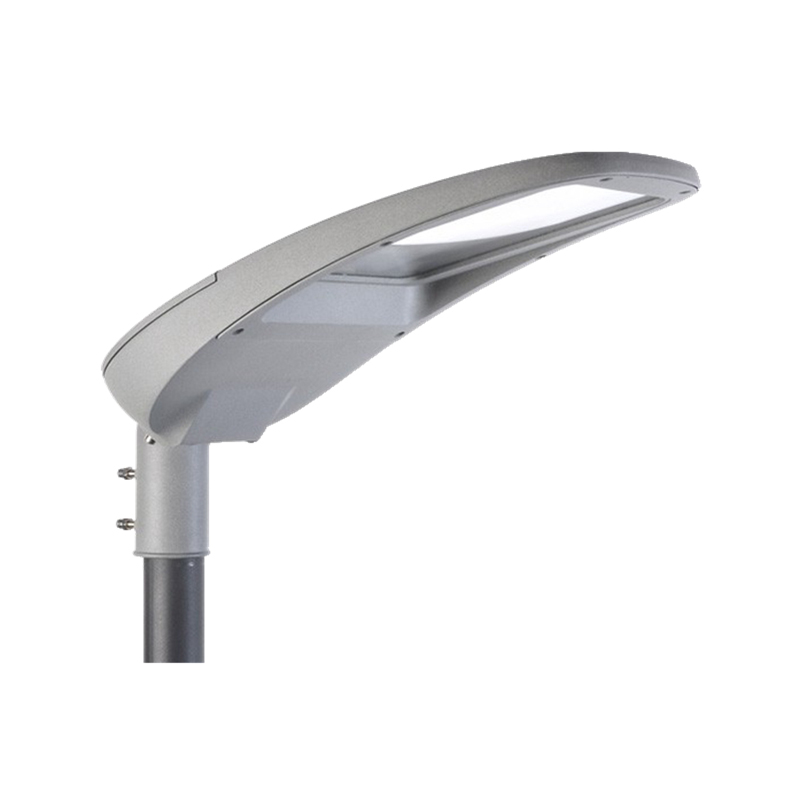FuJing Lighting - Pursue quality and cast high-quality goods.
Home / News / LED Street Light: The Future of Efficient and Sustainable Urban Lighting










Every conversation starts somewhere. Raise your query here to start a healthy conversation